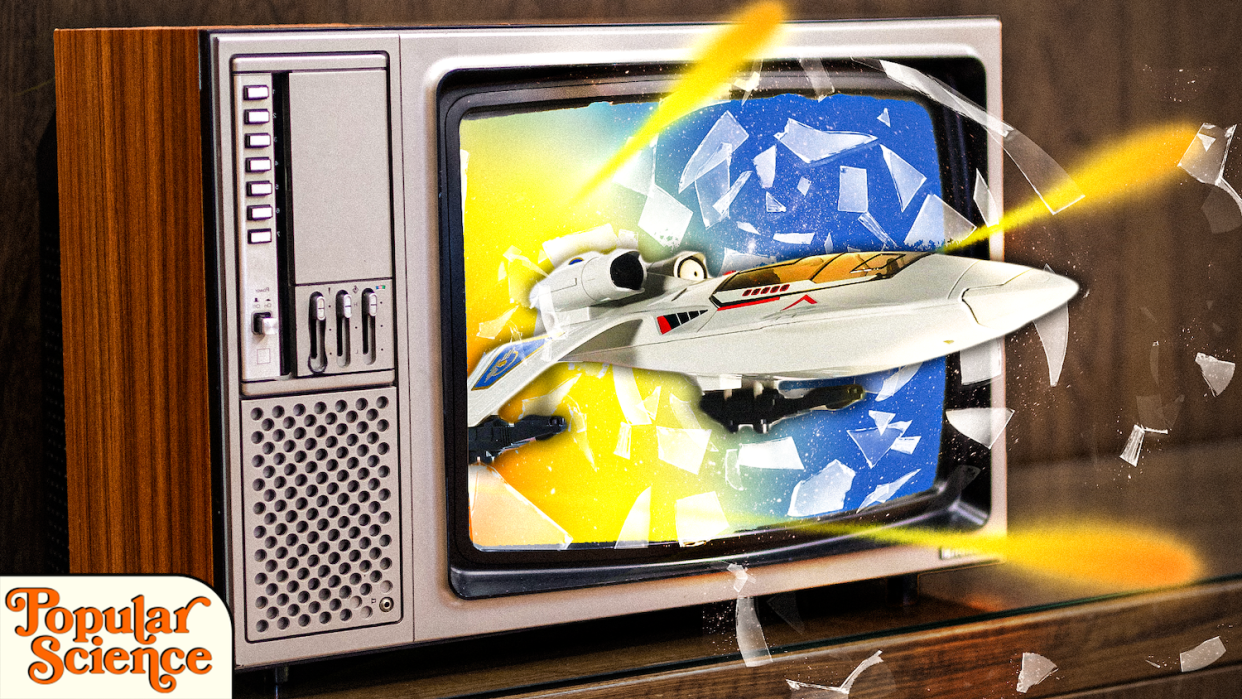The revolutionary toy technology of 'Captain Power' that time forgot

Hey ‘80s kids, do you remember Captain Power? If you do, awesome. And if no, it’s not totally surprising.
Action figures and toys tied to kids’ entertainment thrived in the 1980s–Thundercats, GI Joe, He-Man all dominated our toy boxes and our televisions. So how did a Gene Siskel-approved sci-fi show with a complementary ground-breaking toy technology fail so miserably? In the latest video for Popular Science, Kevin Lieber dissects the most monumental disconnect in TV history.
https://www.youtube.com/watch?v=ZWVru0DdEpU
Captain Power and the Soldiers of the Future ran for a single season from 1987 to 1988. The 22 episodes followed Captain Jonathan Power (Timothy Dunigan) and a small team of specialized soldiers wearing power suits to battle the robot army of Lord Dread. The show featured interactive elements that kids could “shoot” using a toy XT-7 jet that was manufactured by Mattel. Sounds kind of cool, right? Well, not to thousands of parents who rallied against the show for blurring the lines between kids show, warfare, and toy commercials.
The whole "shooting your TV" thing wasn’t the only problem Captain Power faced. The show’s writers insisted they weren’t writing for a child audience and instead wove complex stories with dramatic themes that appealed more to adults. They wanted to make a show for grownups to sell toys to kids, and that doesn’t quite work.
Despite the show and toy's failure, Captain Power proved to have a lasting influence. It was the first show to use CG-modeled characters as part of the main cast, may have inspired one of the most infamous villains on Star Trek, and the team responsible for the show went on to help define sci-fi entertainment for a generation.
The entire story of Captain Power is a fascinating study of the great impacts of failure.
Want more videos? You definitely do because you can learn about the Siri and Alexa predecessor called Butler in a Box and drilling holes in our heads. Subscribe to Popular Science on YouTube.

